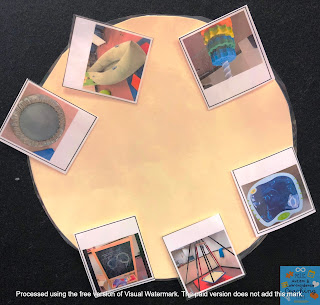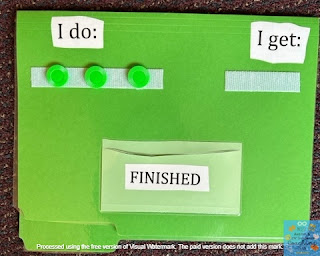- Intervention Specialists Allison Officer and Jackie Vollmer specialize in classroom referrals, academic differentiation, and instructional supports.
 |
| Allison Officer |
 |
| Jackie Vollmer |
- Speech and Language Pathologist Carol Dittoe specializes in functional communication, augmentative and alternative communication (AAC), and social skills.
 |
| Carol Dittoe |
- Occupational Therapist Lynn DeMange specializes in sensory processing, self-management, and regulation supports.
 |
| Lynn DeMange |
- offer encouragement and support
- research and model evidence-based strategies
- collaborate and brainstorm new interventions to trial with your team
- analyze behavior and data
- provide individualized resources, tools, or assessments
- help your team prioritize interventions
- evaluate or judge your team
- provide direct service to students
- consult without input or collaboration with your team
- make recommendations regarding student placement/LRE or hiring of additional staff
Typically, the meeting will follow the sequence outlined below:
- The ACT coach will send an email with a detailed summary to all members of the team including those who may not have been able to make it to the meeting.
2. Explanation of the ACT process:
- The role of the ACT team is to provide job-embedded professional development specifically tailored to the needs of the referral classroom or student to build the educational team’s capacity in meeting the identified needs. With a classroom referral, we provide global classroom supports that could benefit all or a group of students. We do not give individual student recommendations because we do not have parent permission. With an individual student referral, we are able to give student-specific recommendations. Our referral is good for a calendar year and as we provide suggestions we will check in periodically to see how they are going and see if we need to meet and/or observe again to tweak interventions or brainstorm new ideas.
3. Review what is going well and strengths, interests and reinforcement:
- We like to build on strengths, help your team identify some positives in a typically stressful period in the classroom, and learn more about what students (or classroom staff) find motivating.
4. Review what is not going well/challenges:
- When an ACT referral is initiated, it is typically because your team needs some support. Although some venting can occur, we try to keep this time goal-driven and solution-focused. It will help us in determining the desired outcomes of our coaching.
5. Discuss desired outcomes of the coaching process:
- These goals are informal but will guide the coaching process throughout the year-long referral. Consider what staff wants to learn more about and outcomes you want for the student(s) to help everyone be more successful.
6. Determine initial action steps and provide any recommended tools:
- We try to keep the meeting focused so that we can get to the good stuff... which is what to do next! We will work with your team to brainstorm interventions. We sometimes provide tools or additional resources for you to trial.
7. Schedule times for future observations and/or follow-up meeting:
- Once we provide the recommendations, we want to come back and see them in action! This allows us to model or tweak things as needed and determine the next steps. Typically, we schedule this follow-up visit 4-6 weeks after our initial meeting because research shows this is how long it takes to determine intervention effectiveness. If you trial the intervention and things get worse, PLEASE contact your ACT coach! We don't want you to abandon interventions or struggle between visits. We can provide some triage coaching which keeps the coaching momentum moving forward.
- Copy of classroom schedule.
- Examples of classroom strengths, interests, and concerns.
- List of strategies that have already been tried, successfully or unsuccessfully.
- Data illustrating behavioral concerns or the impact of trialed intervention
- Ideas about specific needs/desires for outcomes of the coaching process.
- Contact information and schedules for all educational team members.
- Calendar/Planner for scheduling follow-up meetings.









































































































